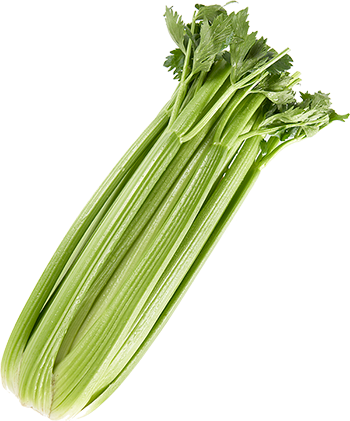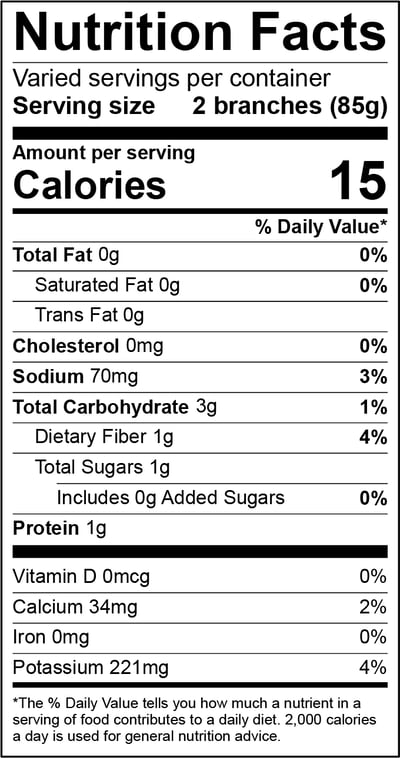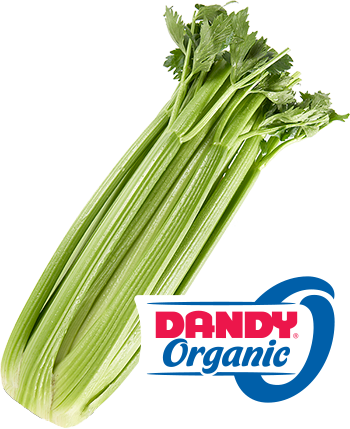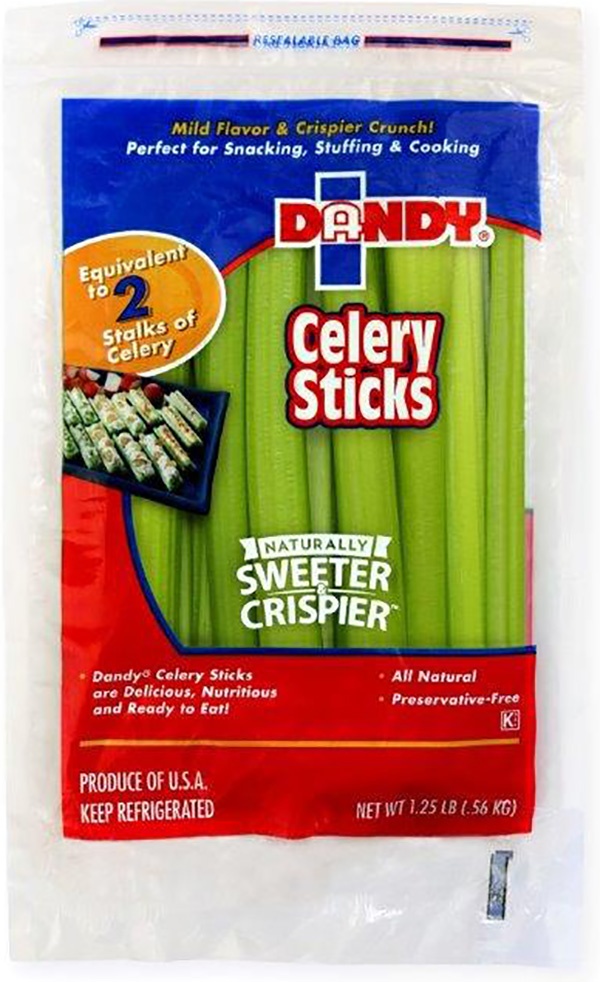Q: How long does celery last in the fridge?
A: To keep celery fresh in the fridge, follow these tips:
Wrap in Aluminum Foil: Wrap the celery stalks tightly in aluminum foil. This helps retain moisture while allowing the natural gas (ethylene) that celery produces to escape, which slows down spoilage. Place the wrapped celery in the crisper drawer.
Avoid Plastic Bags: Celery stored in plastic bags tends to get soggy because condensation builds up and speeds up spoilage. If you have to use plastic, poke a few holes to allow airflow.
Use a Jar or Glass of Water (optional): Cut celery stalks to fit in a jar or tall glass filled with a few inches of water, cover loosely with a plastic bag, and refrigerate. Change the water every few days to keep the celery fresh and crisp.
Keep Leaves Separate: If you’re storing celery with leaves, remove them first since they spoil faster than the stalks. You can store the leaves separately in a container and use them for flavoring soups or stews.
Extra Tips:
-
Fresh celery stored this way can last up to 2–3 weeks in the fridge.
-
Avoid storing celery near fruits like apples and bananas, which release ethylene gas and may speed up spoilage.
Q: How many calories in celery?
A: One serving of celery has 15 calories and equates to 3 celery sticks.
Q: How to keep celery fresh?
A: To keep celery fresh in the fridge, follow these tips:
Wrap in Aluminum Foil: Wrap the celery stalks tightly in aluminum foil. This helps retain moisture while allowing the natural gas (ethylene) that celery produces to escape, which slows down spoilage. Place the wrapped celery in the crisper drawer.
Avoid Plastic Bags: Celery stored in plastic bags tends to get soggy because condensation builds up and speeds up spoilage. If you have to use plastic, poke a few holes to allow airflow.
Use a Jar or Glass of Water (optional): Cut celery stalks to fit in a jar or tall glass filled with a few inches of water, cover loosely with a plastic bag, and refrigerate. Change the water every few days to keep the celery fresh and crisp.
Keep Leaves Separate: If you’re storing celery with leaves, remove them first since they spoil faster than the stalks. You can store the leaves separately in a container and use them for flavoring soups or stews.
Extra Tips:
-
Fresh celery stored this way can last up to 2–3 weeks in the fridge.
-
Avoid storing celery near fruits like apples and bananas, which release ethylene gas and may speed up spoilage.
Q: How many carbs in celery?
A: One serving of celery equates to 3 celery sticks which has 4g of carbohydrates - 1% DV.
Q: How to cut celery?
A:
-
Rinse and Trim: Start by rinsing the celery thoroughly to remove any dirt. Then, trim off the white base at the bottom and any dry or damaged parts at the top.
-
Separate Stalks: Pull apart individual stalks if needed. For most recipes, it’s easier to cut one stalk at a time.
-
Cut into Manageable Sections: If the celery is long, cut it into halves or thirds so it's easier to handle. Place one piece flat on the cutting board.
-
Slice Lengthwise (Optional): If the recipe calls for smaller pieces, cut each stalk lengthwise into halves or thirds before chopping. This will create smaller, even pieces for soups, stews, or salads.
-
Chop or Dice: With the stalk(s) flat and stable, use a ""claw grip"" with your guiding hand to protect your fingers. Slice crosswise into pieces the size the recipe calls for, usually about ¼ to ½ inch for most dishes.
Q: What are the benefits of celery juice?
A: Celery is approximately 95% water so celery juice can help meet your daily fluid needs. 2.7 to 3.7 liters per day is the average recommendation for healthy adults and can be met through the foods we eat and fluids we drink. Celery is a great source of phytonutrient antioxidants that offer anti-inflammatory benefits. Antioxidants have the ability to help combat free-radical damage that contributes to inflammation. They help protect cells, blood vessels, and organs from oxidative damage. Chronic oxidative stress and inflammation are risk factors for the development of many cancer types and cardiovascular diseases. In addition to the antioxidants and anti-inflammatory compounds in celery juice that help protect the digestive tract, celery also contains pectin-based polysaccharides that have appeared to help better control levels of stomach secretions that help us digest our food and extract nutrients. Learn more about the benefits of celery juicing here.
Q: How many calories in celery sticks?
A: One serving of celery has 15 calories and equates to 3 celery sticks.
Q: How many carbs in celery sticks?
A: One serving of celery equates to 3 celery sticks which has 4g of carbohydrates - 1% DV.
Q: How much fiber in celery?
A: One serving of celery equates to 3 celery sticks which has 2g of fiber - 4% DV.
Q: What vitamins are in celery?
A: One serving of celery equates to 3 celery sticks which has 10% DV of Vitamin C - 10% DV.
Q: How much sodium is in celery?
A: One serving of celery equates to 3 celery sticks which has 70mg of sodim - 3% DV.











